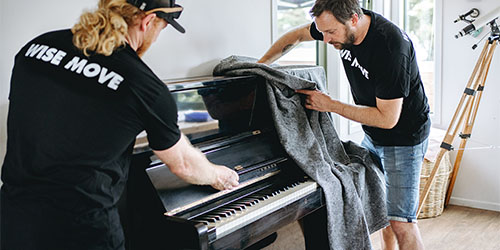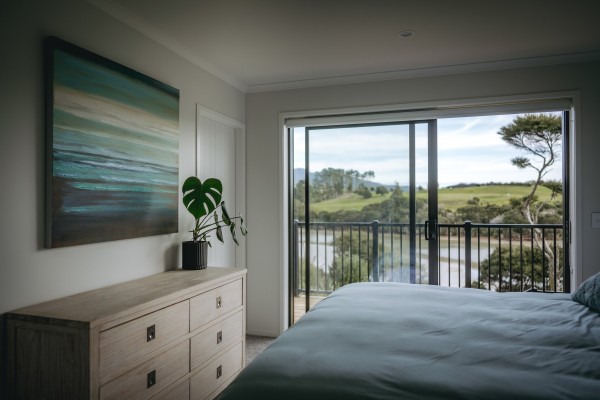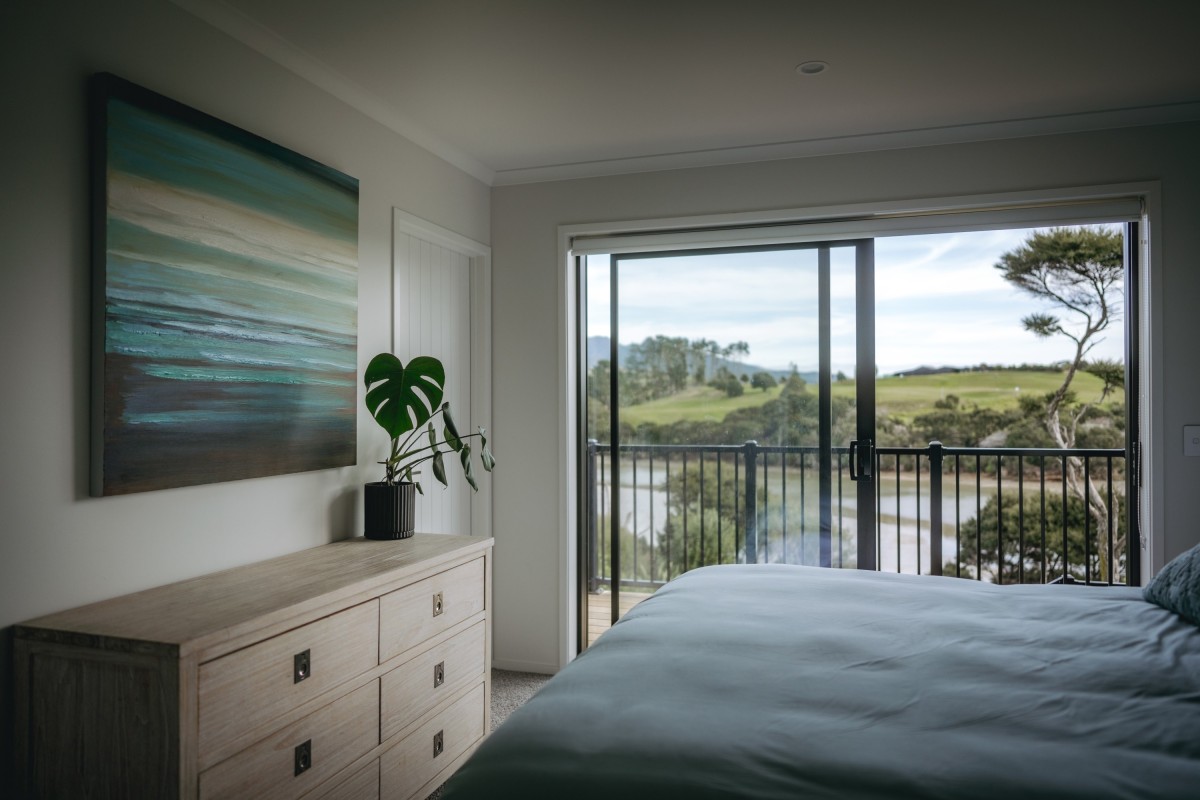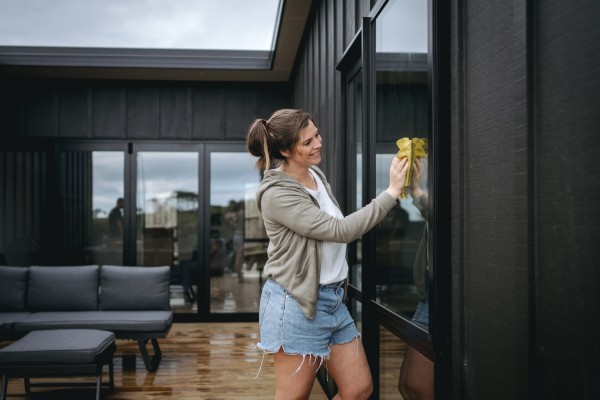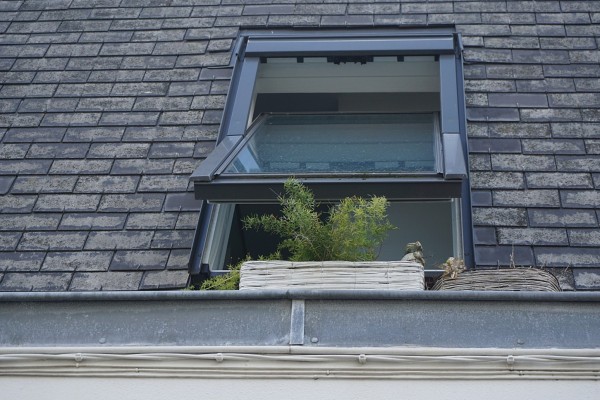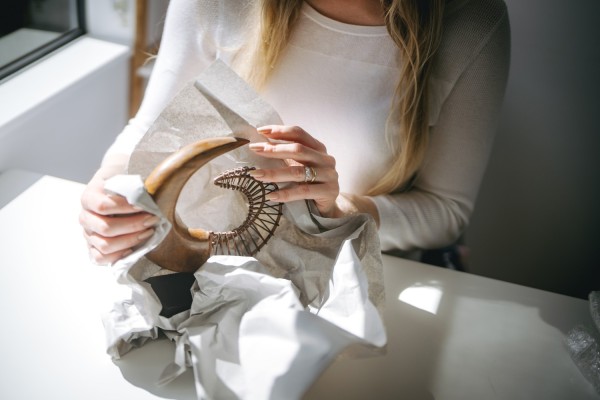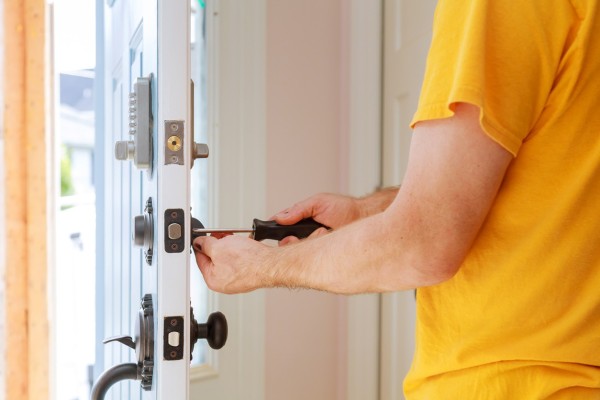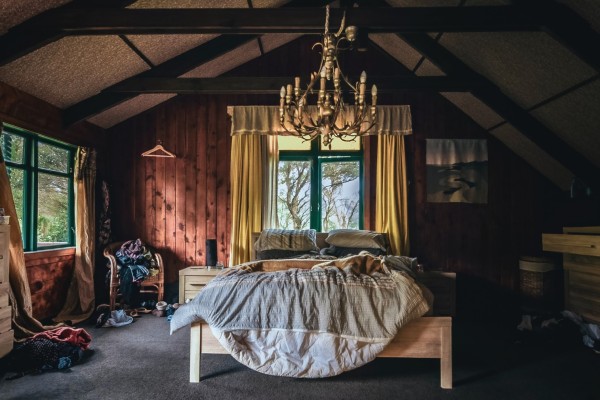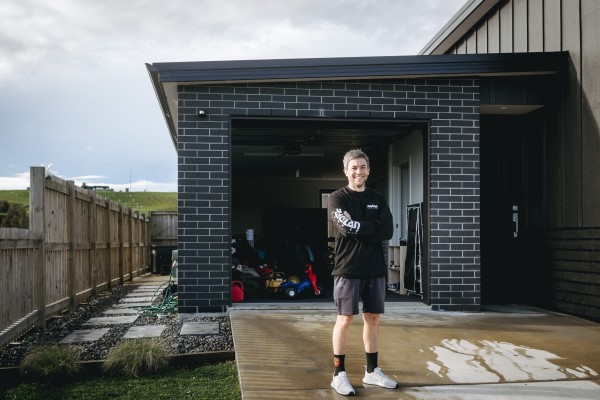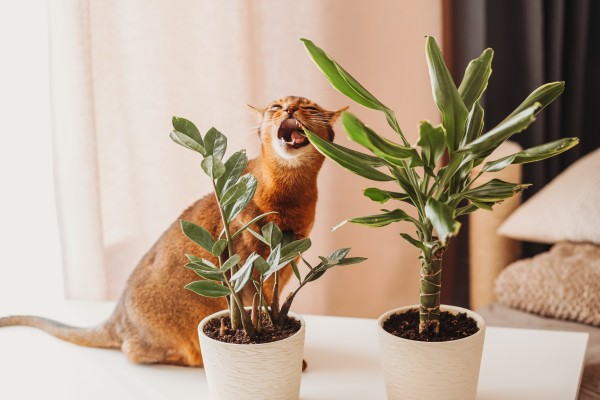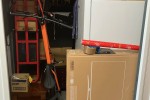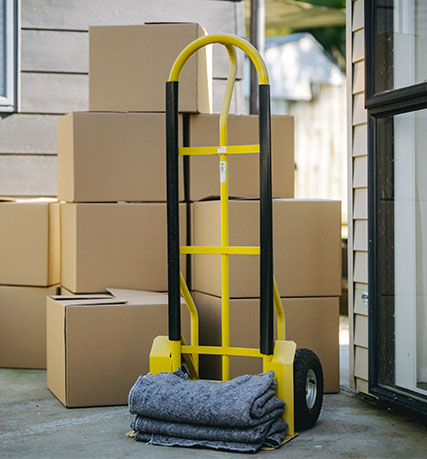10 ways to make your home warmer ahead of winter
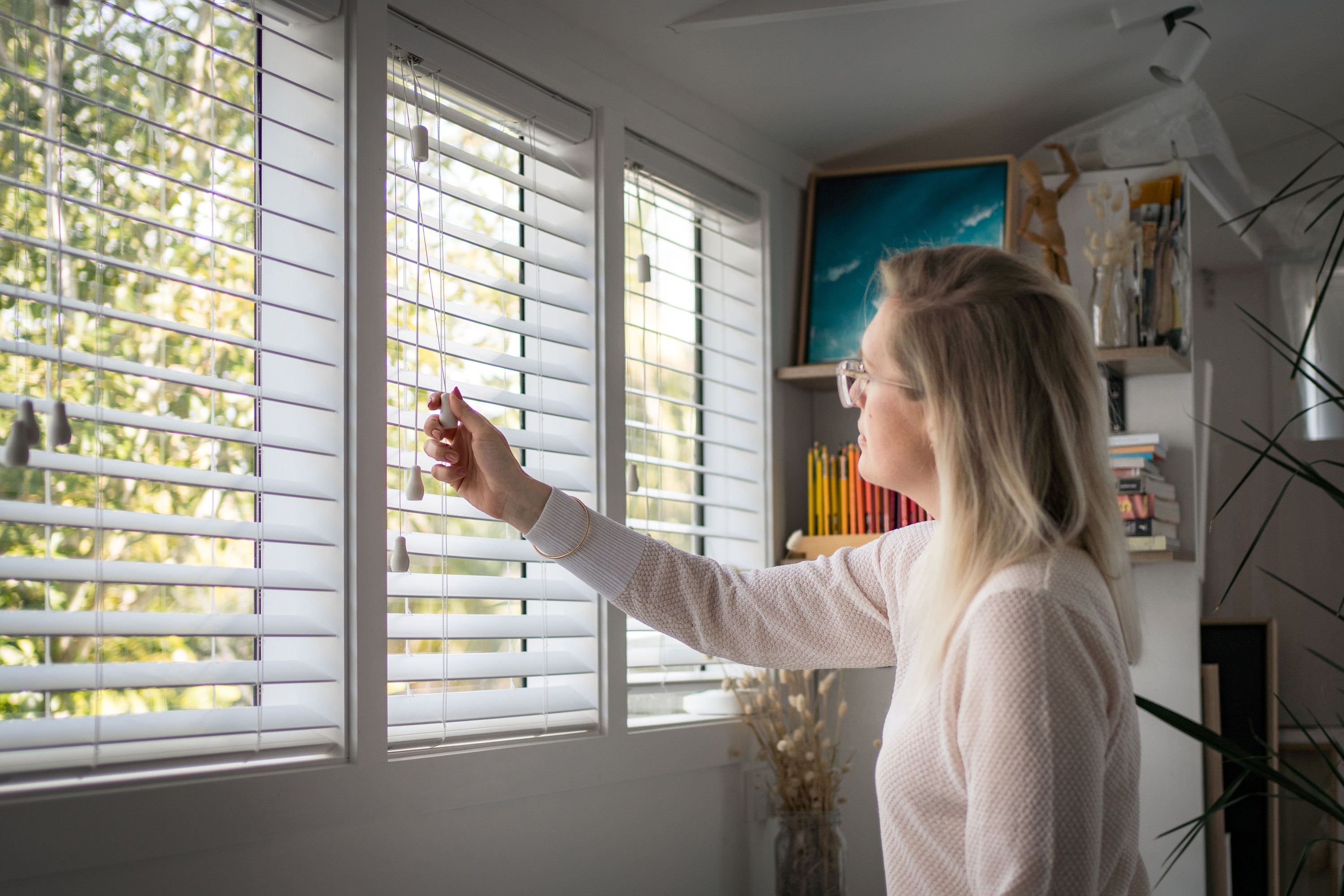
Despite our reasonably mild temperatures, New Zealand homes are reasonably draughty, cold and difficult to heat. While this isn’t a problem most of the year, if you’ve ever tried heating a draughty home you’ll know how difficult it is.
The good news is, there are things you can do to make your home warmer, drier and easier to heat. Permanent measures like installing double glazing, uPVC joinery, and underfloor heating are all good, but these things take time and require a bit of saving. Here are ten things you can do right now to make your home warmer ahead of the next winter.
Put your heater on a timer
Heating timers are relatively inexpensive and can ensure you are heating and cooling your home at times that make sense for you. A programmable timer allows you to turn your heating on half an hour before you get up in the morning or half an hour before you get home from work.
Timers also allow you to control the temperature on your heater which can help save you power in the long run.
Get a door draft stopper
Draft door stoppers are one of the most affordable and effective ways to stop draughts in your home. These stoppers are usually made from fabric and filled with sand to weigh them down. Placing a draught stopper in front of your front or back door, especially if these doors lead onto a living area, is a great way to keep the cold air from coming inside.
Insulate your windows affordably
Double glazing is expensive, and if you’re renting a property, it's often not an option. Window film insulation kits are inexpensive and easy to use. They act as an extra layer of glass and help prevent heat transfer from inside to out.
Adding an extra layer of insulation to your windows will make your home warmer and prevent condensation from forming on them. If you are tired of losing heat through your windows or glass-panelled doors or have the odd window that’s single-glazed and draughty, try adding this film to the glass.
Seal your windows
Heat isn’t just escaping through your windows. Your joinery may be responsible for a loss of insulation too. Old windows, especially on wooden houses, can have cracks and gaps between your walls and frames that heat can easily flow through. Sealing your windows will help keep the drafts out and the heat inside.
All you need is a caulking gun and some caulk. Run a bead of caulk down the seam between the window joinery and the exterior wall of your home. You can do this inside as well to ensure any holes are sufficiently plugged up.
You may have to sand the caulk afterwards and add a little paint to ensure the caulk isn’t noticeable.
Air out your home even in winter
We know that airing out your home is the last thing you want to do on a cold day, but trust us, it helps. Airing out your home allows damp air to escape and dry air to circulate. Why does that matter? Because damp air is harder to heat.
On days when you are at home, open your windows for at least half an hour to allow fresh air indoors. If you’re at work, open one or two windows that won’t compromise the safety of your home, but will allow air to get inside.
Replace your curtains
One of the most effective ways to keep heat inside the home in winter is by upgrading your curtains. If you have metal or wooden blinds in your living area, upgrade them to fabric curtains. And if you already have fabric curtains, think about upgrading them to a heavier fabric.
Make sure your curtains reach from the curtain rod all the way to the ground, even if your windows end at waist height. This will help prevent heat from escaping beneath the folds in the curtain.
If you can’t afford new curtains (let’s face it, they are expensive), even a pair of off-the-shelf curtains from somewhere like Spotlight or The Warehouse is sufficient. Or enquire with your local sustainability centre and see if they have a curtain bank.
Use your ceiling fan
If you have a ceiling fan, run it at the same time as your heater. Ceiling fans help to push air downwards. Since hot air rises, the warmest part of your home is often the ceiling. Running your ceiling fan on low will circulate the air in your room and help push the warm air down where you can actually feel it.
Running a ceiling fan is much cheaper than running your heat pump or electric heater on a higher heat.
Buy a dehumidifier
Most homes have one or two rooms that are harder to heat than others, and often, times it's a bedroom. While cold temperatures are great for helping us get to sleep, damp rooms can grow mould and mildew. Mould can not only ruin your clothing and stored items, but it’s also bad for your lungs. A damp room is also harder to heat.
Dehumidifiers are surprisingly affordable nowadays and won’t add too much to your power bill. They often help you cut down on heating too, since your heater will be more effective. You can pick up a dehumidifier at most big box stores like Briscoes or the Warehouse for under $100.
Run heaters on low for longer
If your home is cold, you may get frustrated at how expensive it is to heat. Most heaters use more power to get up to heat than actually heating your home. A heater left on low for a long time can make your home just as warm as turning it on high for a short while.
The difference is a heater left on low uses less power. If you’re avoiding using your heater apart from an hour or two at night, try running it on low for a longer period of time.
Get your heat pump serviced
By the time you use your heat pump for the first time, it’s been sitting idle for several months. Clean the filters or get a servicing before you turn it on. A cleaned and serviced heat pump works more effectively, circulates fresher air, minimises seasonal allergies and is cheaper to run.
What do our customers say?




Wherever you are
Moving services across New Zealand. All Covered. No Hassle.
- Auckland
- North Shore
- Wellington
- Christchurch
- Hamilton
- Tauranga
- Palmerston North
- Nelson
- Whangarei
- New Plymouth
- Queenstown
- Dunedin
- Invercargill
- Rotorua
- Napier-Hastings
- Kapiti
- Whanganui
- Gisborne
- Blenheim
- Pukekohe
- Timaru
- Taupō
- Masterton
- Levin
- Ashburton
- Whakatāne
- Rangiora
- Feilding
- Rolleston
- Tokoroa
- Oamaru
- Hāwera
- Gore
- Waiuku
- Waiheke Island
- Greymouth
- Wanaka
- Motueka
- Te Puke
- Huntly
- Matamata
- Morrinsville
- Kerikeri
- Thames
- Kawerau
- Waitara
- Ōtaki
- Lincoln
- Kaitaia
- Stratford
- Alexandra
- Dannevirke
- Carterton
- Dargaville
- Cromwell
- Waihi
- Whitianga
- Snells Beach
- Marton
- Warkworth
- Foxton
- Taumarunui
- Katikati
For every (wise)move



